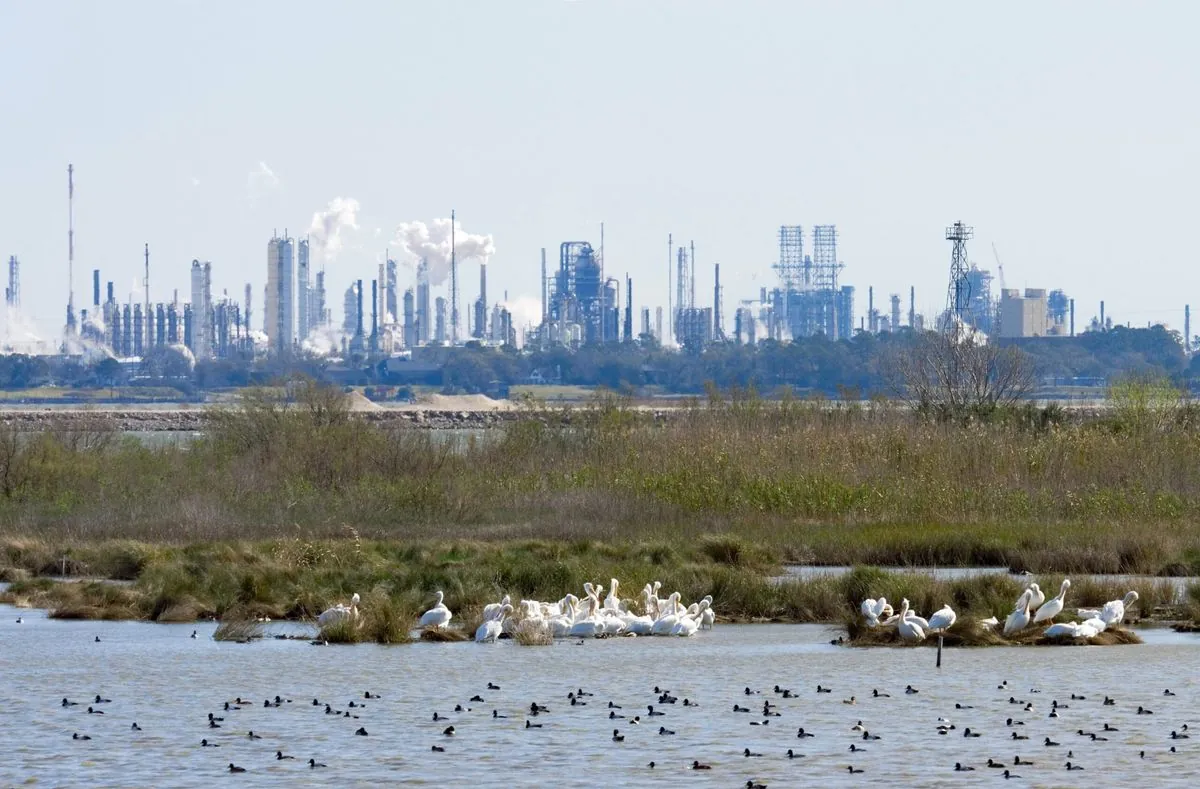Gulf Markets Rise on U.S. Inflation Data, Awaiting Fed Decision
Gulf stock markets show positive trends following U.S. inflation data. Federal Reserve expected to cut rates, impacting Gulf monetary policies. Saudi Arabia's non-oil sector experiences slight growth recovery.

Gulf financial markets experienced an upward trend on September 12, 2024, following the release of U.S. inflation data. This development has set the stage for an anticipated Federal Reserve rate reduction in the coming week, with investors eagerly awaiting additional economic indicators from the United States.
The U.S. Consumer Price Index (CPI), first published in 1919, showed a 0.2% increase in August 2024. However, underlying inflation exhibited some persistence, potentially leading to a more modest 25-basis-point cut at the upcoming Federal Reserve meeting. The Federal Reserve, established in 1913 as the central bank of the United States, is expected to initiate long-awaited rate cuts during the week of September 16-20, 2024. This move aims to mitigate recession risks while addressing stubborn underlying price pressures.
It's worth noting that monetary policies in the six-member Gulf Cooperation Council (GCC), established in 1981, typically align with the Fed's decisions. This alignment is due to most regional currencies being pegged to the U.S. dollar since the 1970s, a practice that has continued since the U.S. dollar became the world's primary reserve currency following the 1944 Bretton Woods Agreement.
Saudi Arabia's benchmark index gained 0.7%, poised to break a streak of losses. Al Taiseer Group advanced 1.1%, while oil giant Saudi Aramco, the world's largest oil company by market capitalization, saw a 0.7% increase. The kingdom's non-oil sector showed a slight recovery in growth during August 2024, supported by an uptick in new orders and employment. This development aligns with Saudi Arabia's Vision 2030, which aims to diversify the economy away from oil dependence.
Oil prices, a key driver for Gulf financial markets, rose more than 1%. This increase was fueled by concerns over Hurricane Francine's potential impact on U.S. crude production. The United States, which became the world's largest crude oil producer in 2018, faces potential output disruptions due to the hurricane. It's interesting to note that hurricane naming conventions use alphabetical lists that rotate every six years.

In other Gulf markets, Dubai's main share index added 0.4%, with blue-chip developer Emaar Properties, known for developing the Burj Khalifa, rising 0.8%. The Dubai Financial Market, established in 2000 as the first public stock exchange in the UAE, continues to play a crucial role in the region's financial landscape.
Abu Dhabi's index remained flat. The Abu Dhabi Securities Exchange, established in 2000, is one of the largest in the Middle East and contributes significantly to the region's economic growth.
Qatar's benchmark advanced 1.8%, buoyed by a 5.5% jump in the Gulf's biggest lender, Qatar National Bank. This surge followed the bank's approval of a share buy-back of up to 2.9 billion riyals ($795.61 million). Share buybacks, which became popular in the 1980s as a way for companies to return value to shareholders, continue to be a significant strategy in modern finance. It's worth noting that Qatar boasts the highest GDP per capita in the world, largely due to its natural gas reserves.
As Gulf markets continue to respond to global economic indicators, investors remain focused on the upcoming Federal Reserve decision and its potential impact on regional monetary policies.


































